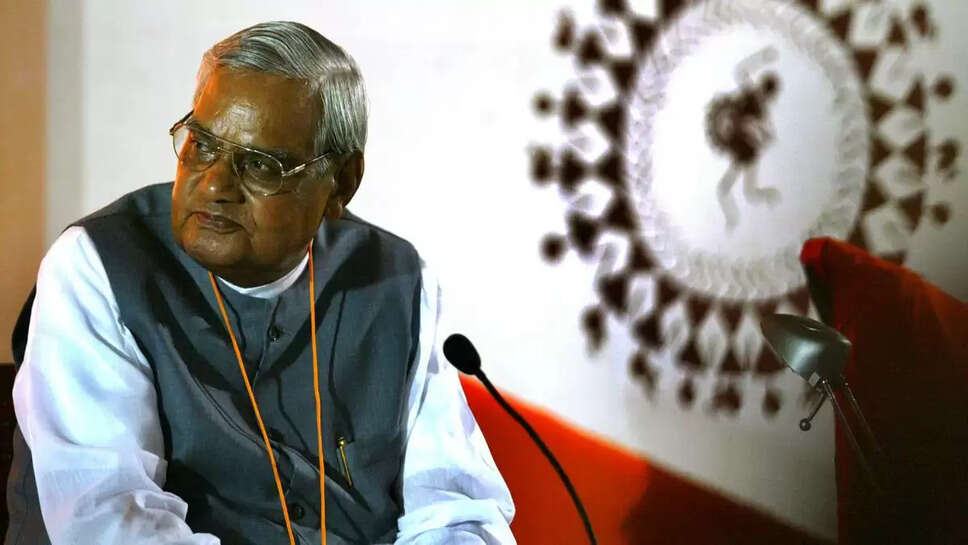From Outcast to Insider: The Sangh’s Political Breakthrough in 1977

In the turbulent aftermath of the Emergency (1975–1977), India witnessed a political upheaval that dramatically altered the country’s democratic landscape. At the heart of this shift was the coming together of disparate political forces, united by their opposition to Indira Gandhi’s authoritarian rule. Among these was the Rashtriya Swayamsevak Sangh (RSS), a Hindu nationalist organization long considered an outsider in the Indian political mainstream. The moment the Sangh-affiliated Bharatiya Jana Sangh (BJS) merged into the Janata Party in 1977, it marked a historic transition — the Sangh had entered the national political fold not as an outcast, but as a legitimate and increasingly influential force. That shift would reshape Indian politics permanently.
Background: Emergency and Opposition Consolidation
When Indira Gandhi imposed the Emergency in June 1975, political opponents were jailed, civil liberties suspended, and press freedom curtailed. The opposition — fragmented and ideologically diverse — was united only by a shared sense of victimhood and resistance. Leaders from the Congress (O), Socialist bloc, Bharatiya Jana Sangh, and other regional outfits found themselves behind bars, often sharing the same prison cells.
It was in these spaces — jail cells rather than negotiation tables — that ideological boundaries began to blur. The Socialist George Fernandes, the Gandhian Jayaprakash Narayan (JP), and the RSS-linked leaders like Atal Bihari Vajpayee and L.K. Advani found common cause. JP, who had led the anti-Emergency movement, believed in inclusive resistance, even if it meant working with the RSS, an organization he had earlier criticized.
The Janata Party is Born
When the Emergency ended in 1977 and elections were announced, the opposition moved quickly. The Janata Party was formed as a coalition of five political streams: Congress (O), Bharatiya Jana Sangh, Bharatiya Lok Dal, Socialist Party, and others. While each had a different worldview, their objective was singular — to defeat the Congress and restore democratic norms.
The inclusion of the Jana Sangh — the political wing of the RSS — was contentious. Many Socialists were uncomfortable with the RSS’s ideological vision of a Hindu Rashtra. However, pragmatism prevailed. The mood of the nation had swung against the Emergency, and a united front was essential. As part of the deal, the Jana Sangh formally merged into the Janata Party, and its cadre brought significant grassroots organizational strength to the campaign.
The result was a landslide. The Janata Party won 295 seats in the Lok Sabha. For the first time since Independence, the Congress was ousted from power at the Centre. Morarji Desai became the Prime Minister, and leaders like Vajpayee and Advani became ministers — marking the first time that RSS-affiliated politicians held key posts in the Union government.
Legitimisation of the Sangh
This political marriage brought the RSS out from the margins and into mainstream Indian politics. No longer was it a shadowy cultural body that influenced politics from the sidelines — it was now in government through its affiliates. The Jana Sangh’s leaders used this opportunity to soften their public image. Atal Bihari Vajpayee, as External Affairs Minister, earned respect for his diplomatic skills. The Sangh’s association with governance helped it shed the image of an anti-national or fascist group — one that had been reinforced after the assassination of Mahatma Gandhi, which led to its ban in 1948.
The Janata experiment helped the RSS broaden its base beyond the Hindi heartland. Participation in governance gave the Sangh and its affiliates institutional experience and visibility they had never had before. Its organisational model — based on discipline, volunteerism, and ideological clarity — became a model for political strategy.
Ideological Faultlines Emerge
However, ideological contradictions within the Janata Party soon began to surface. The biggest issue was "dual membership." Many in the party, especially the Socialists, felt that former Jana Sangh leaders were still active members of the RSS, which they considered incompatible with the secular and democratic ethos of the Janata Party.
George Fernandes and Madhu Limaye led the charge, arguing that the RSS was a “state within a state” and that its influence over the Jana Sangh faction could compromise the government’s integrity. The demand was clear: Janata leaders with RSS links must renounce the Sangh. The RSS-affiliated members, however, refused, citing the RSS’s cultural nature and claiming it did not interfere in political matters.
This deadlock led to a deep internal crisis. In 1979, the Janata Party began to crumble. Prime Minister Morarji Desai resigned, and the party split. The government fell, and in the 1980 general elections, Indira Gandhi returned to power.
Rebirth as the BJP
While the Janata Party experiment failed, it gave birth to something more enduring for the Sangh — the Bharatiya Janata Party (BJP). In April 1980, the former Jana Sangh leaders regrouped and founded the BJP. Initially, the party attempted to distance itself from hardline Hindutva, adopting Gandhian socialism as a guiding principle. But the experiment did not resonate with voters, and the party performed poorly in the early 1980s.
By the late 1980s, however, with the Ram Janmabhoomi movement gaining momentum and the Congress losing its sheen, the BJP began reasserting its ideological core. It returned to the RSS fold more openly, and the political gamble paid off. The Mandir issue and Hindutva consolidation catapulted the BJP into national prominence. In 1996, it formed a short-lived government; by 1998, it was leading a coalition. In 2014 and 2019, the BJP won clear majorities under Narendra Modi — an RSS pracharak turned Prime Minister.
Never the Outcast Again
The Sangh's acceptance into the Janata Parivar in 1977 proved to be a watershed. It marked the moment the RSS stopped being an untouchable in mainstream politics. Even as alliances changed and new coalitions formed, the Sangh was no longer on the fringes.
Today, the RSS influences policy, culture, education, and social discourse through a vast network of affiliates — including the BJP. Its journey from being a banned organization post-Gandhi's assassination to occupying the ideological center of Indian governance has been steady, strategic, and largely rooted in that moment of acceptance into the Janata coalition.
The 1977 merger was more than a political compromise; it was a legitimising moment for the Sangh. The Janata Party’s embrace, however uneasy, marked the end of its pariah status. Though the experiment collapsed, the RSS never again returned to the political wilderness. Instead, it used the opportunity to grow stronger, eventually shaping the contours of Indian politics in the decades to come.
From an outcast to a cornerstone — the Sangh’s rise to prominence began not in Ayodhya or Ahmedabad, but in the post-Emergency corridors of the Janata Parivar.
